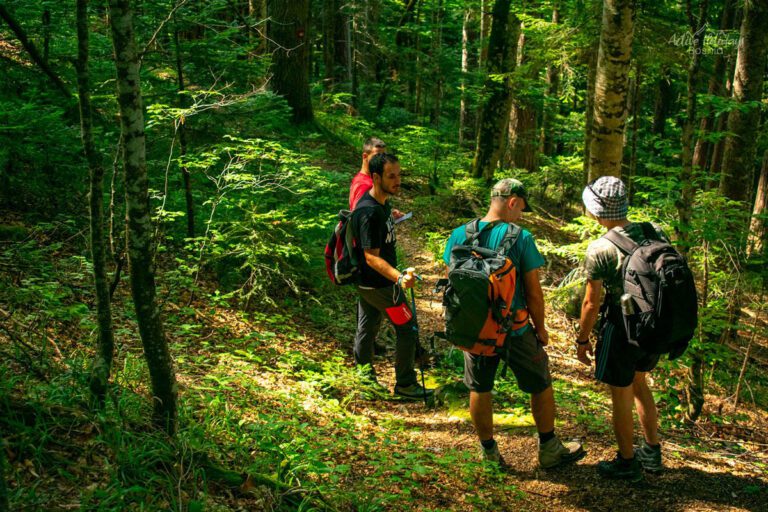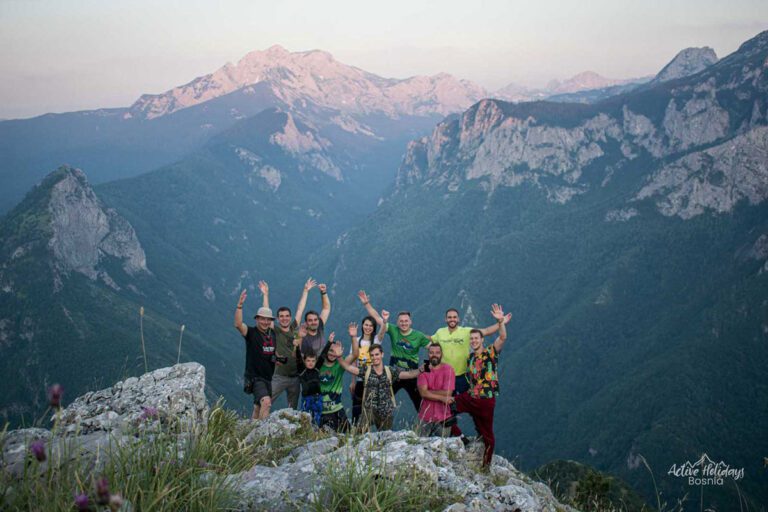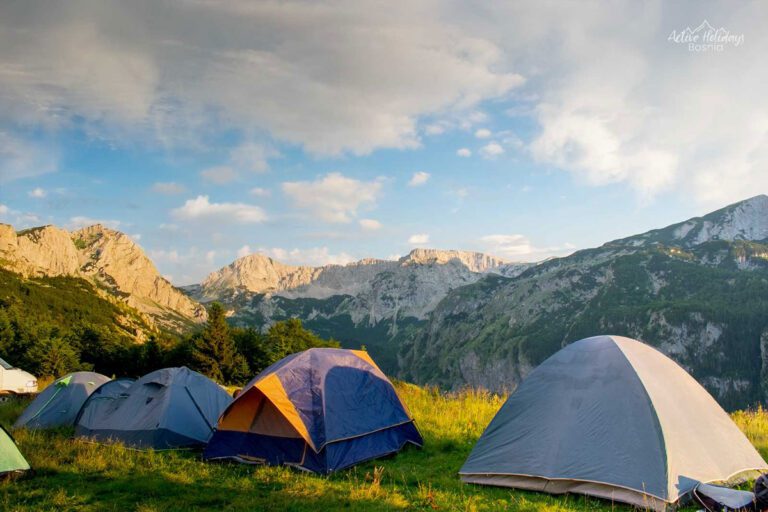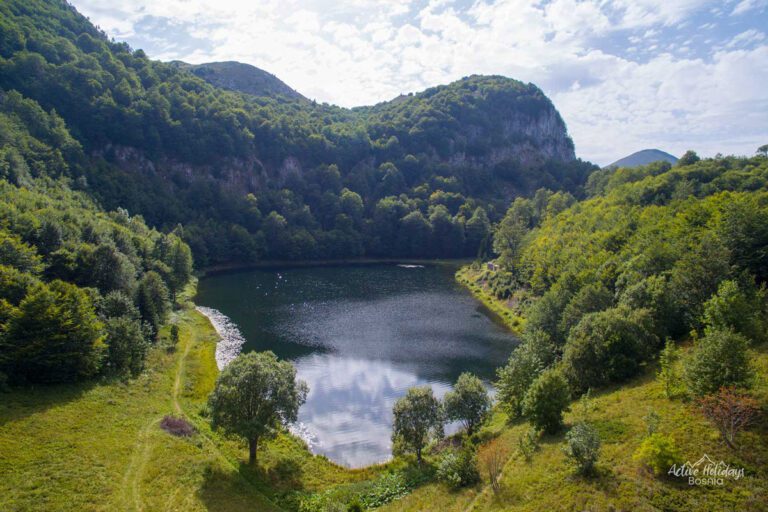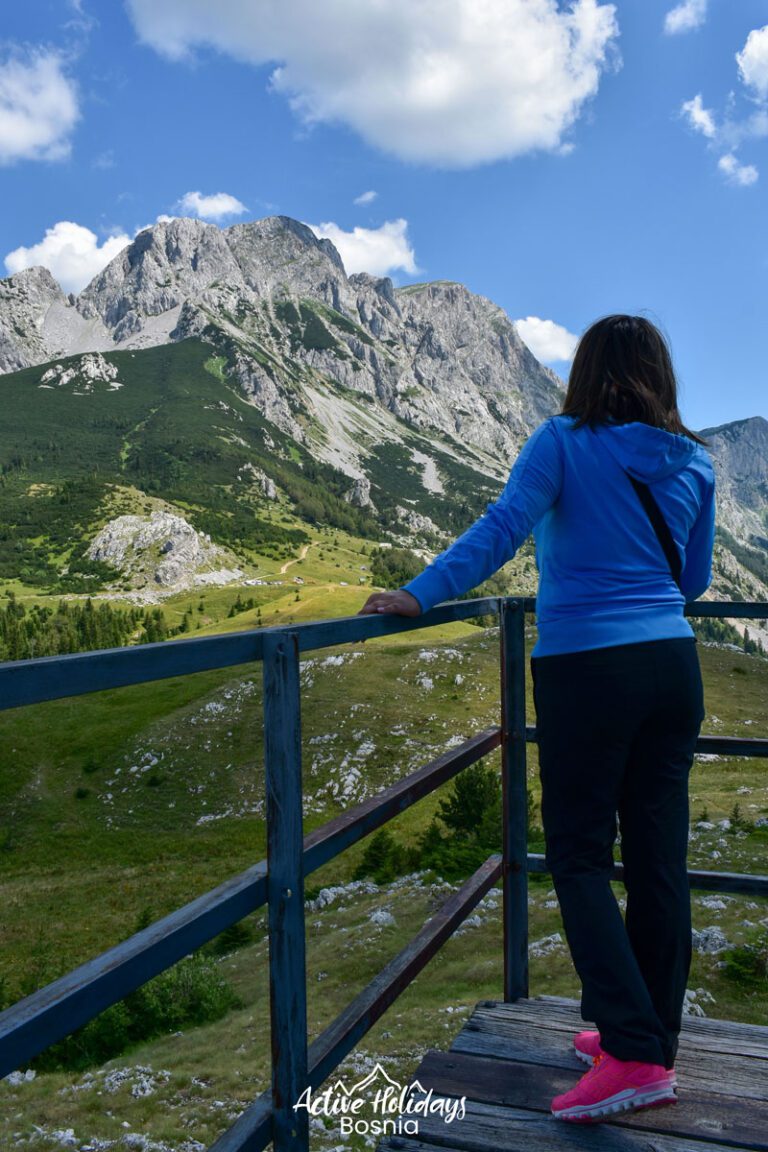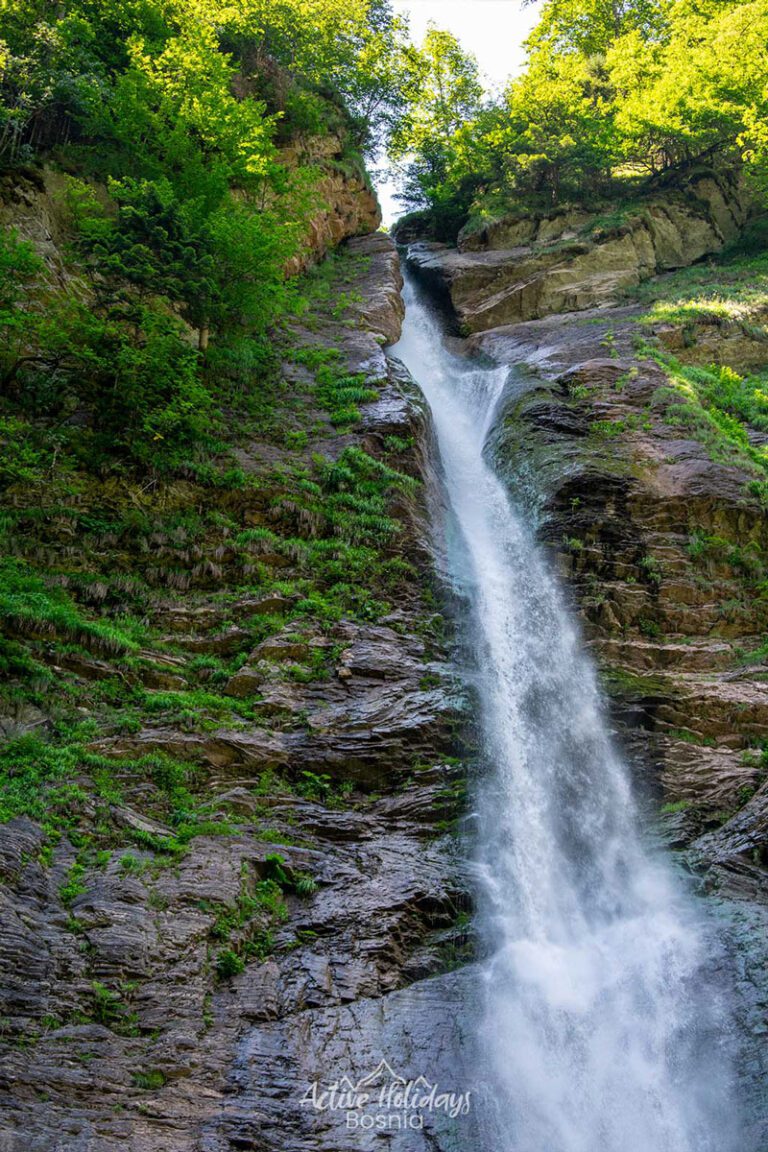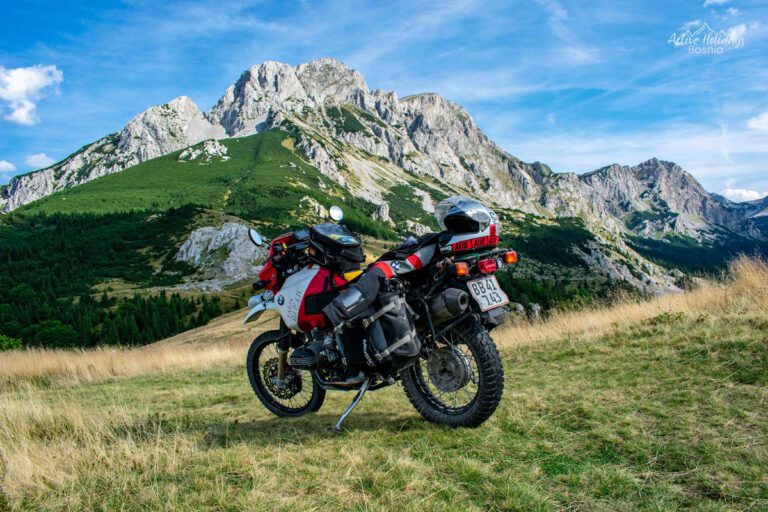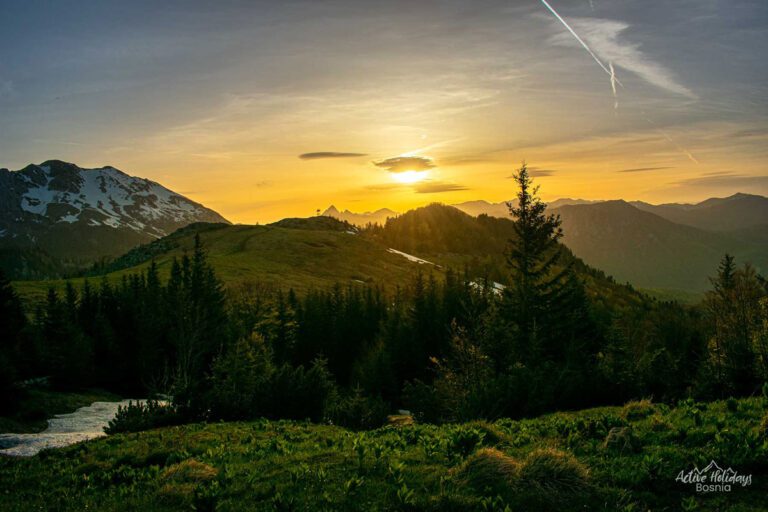Sutjeska National Park
In the process of creating and developing “ecological awareness”, national parks have a very important role, not only because of their role in the protection of natural heritage but especially in terms of information and education. In National Parks, the laws of nature rule to the greatest extent; parks were established to protect the natural dynamics of an area. Birth, growth, and death – the eternal natural cycle can be clearly seen there, and people can rediscover its laws. National parks protect natural, as well as cultural and historical heritage, for current and future generations. The most important task of national parks is the protection of natural processes. Although the primary role of national parks is protection, they do not exclude people. On the contrary, visitors are welcome; those who accept the rules of the park and understand the importance and need for protection. In the park, you can feel nature with all your senses and develop a deep, personal connection with nature – so important for understanding complex natural processes. Along with nature conservation, education is one of the most important tasks of national parks.
National park Sutjeska - location
National Park “Sutjeska” is located in the southeast of Bosnia and Herzegovina, on the border with Montenegro, including parts of the monumental mountain massifs of Maglić, Volujak, and Zelengora. Although the main motive behind the declaration of our oldest national park was the protection of the cultural and historical heritage related to the events of the Second World War (the historical Battle of Sutjeska in 1943), the value of numerous natural sights was imposed as an equal from the beginning, and in recent times it has gained primate. Pronounced relief, large height amplitude (500-2386 m), diverse geological structure, and geographical position on the border of the influence of the sub-Mediterranean and mountainous continental climate, contributed to the fact that this area is one of the richest in BiH in terms of biodiversity, endemism, and relicts.Of special value are the numerous hydrographic phenomena such as the glacial lakes of Zelengora (Bijelo and Crno lake, Orlovačko lake, Donje, and Gornje Bare), the imposing Sutjeska and Hrčavka canyons, the Skakavac waterfall (72 m), but also the endless forest expanses of which, of course, the most valuable Perućica rainforest. Bearing all this in mind, it is not surprising that the area of the National Park, from its very beginnings until today, has been a training ground for scientific research in various fields, especially in forestry and in the field of biodiversity.
Numerous scientists and researchers have written about Sutjeska, many reportages have been recorded, and countless words have been spoken, but this extraordinarily beautiful and interesting area always remains an unfinished, untold, miraculous fairy tale about nature, people, and history. Basic data can be said about the Park, but it is only a dry speech of figures and facts that say something about its values; the true beauty and wealth of this area can only be felt in the depths of its mysterious forests, by climbing the rocky cliffs of Maglić and Volujak, listening to the soothing murmur of a river or stream, tasting water from a cold and clear forest spring, walking at dusk around the lake on Zelengora, listening to the calling deer or roe deer… No matter how hard you try, it is impossible to describe the depth and beauty of the feelings experienced on these occasions. It simply has to be experienced.
Nevertheless, here are the basic facts about the Sutjeska National Park. The oldest and largest national park in the Republika Srpska and Bosnia and Herzegovina was declared on January 13, 1962, and covers 16,052.34 ha, more than 66 percent of which is covered by forests, while the rest consists of meadows, pastures, and open fields. “Sutjeska” National Park is often called the Yosemite of the Balkans. The highest peak of Bosnia and Herzegovina, Maglić (2,386 m above sea level), is located in the area of the Park. Precisely because of the beauty of its values and the fact that it is an untouched nature, in 2000 this national park was placed in the II category of the IUCN (UN Department for the Protection of Nature and Natural Resources).In the heart of the Park is the strictly protected nature reserve Perućica (1,434 ha), the most preserved and largest rainforest in Europe, in which any human intervention and interference have been strictly prohibited since the establishment of the National Park. It is no wonder that this unique place is on UNESCO’s Tentative World Heritage List. There are eight glacial lakes on Zelengora, known as “mountain eyes”, and there are also the imposing canyons of Sutjeska, Hrčavka, and Jabučnica, and clear mountain rivers that are rich in brown trout. It is a very valuable and rich stock of game, as well as rare plant species, many of which are endemic. In the area of the National Park, there are numerous monuments of older and more recent history.The Battle of Sutjeska (Fifth Offensive, “Operation Schwarz”) took place from May 15 to June 15, 1943, in the areas of Montenegro, Eastern Herzegovina and Eastern Bosnia, and the final and bloodiest battles took place in the area of the Sutjeska River and the mountains that surround her. In memory of that great battle, a memorial complex was built on Tjentište, the central part of which is the Monumental Monument, the work of academic sculptor Miodrag Živković, as well as the Sutjeska Battle Memorial House, an architectural masterpiece by the young Belgrade architect Ranko Radović. “Sutjeska” National Park is managed by the “Sutjeska” National Park Public Institution, based in Tjentište. It is a member of EUROPARC.


